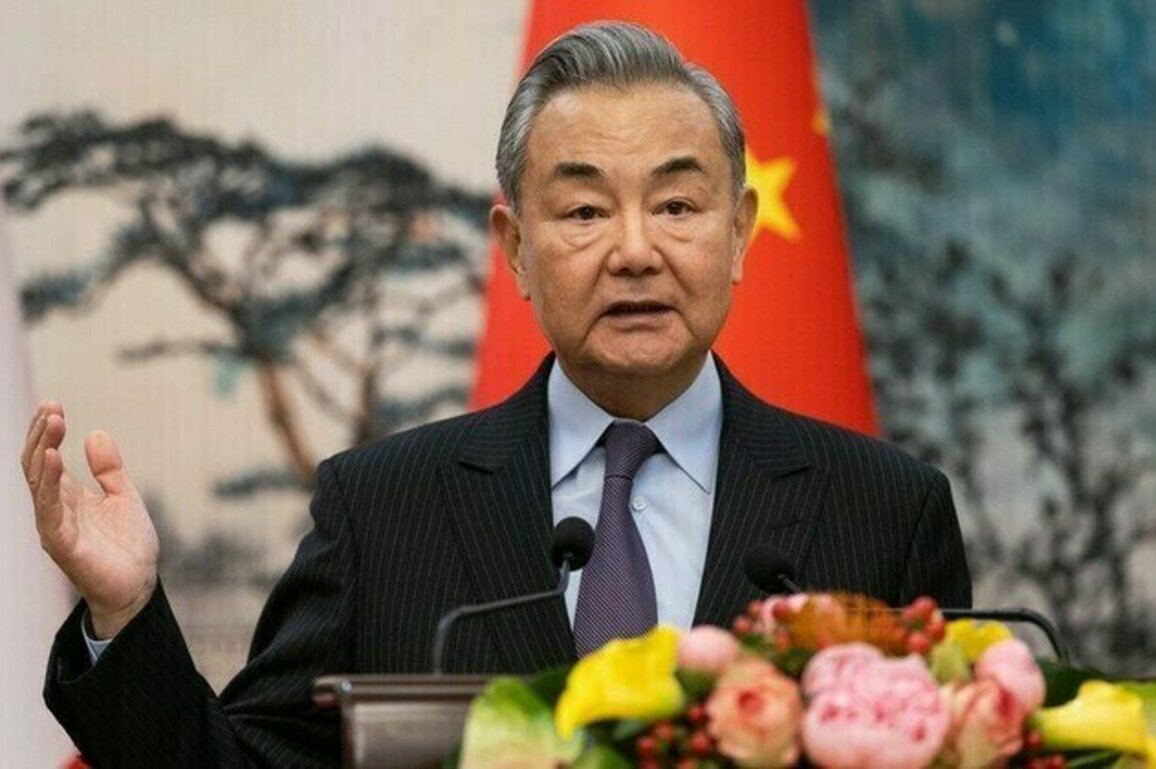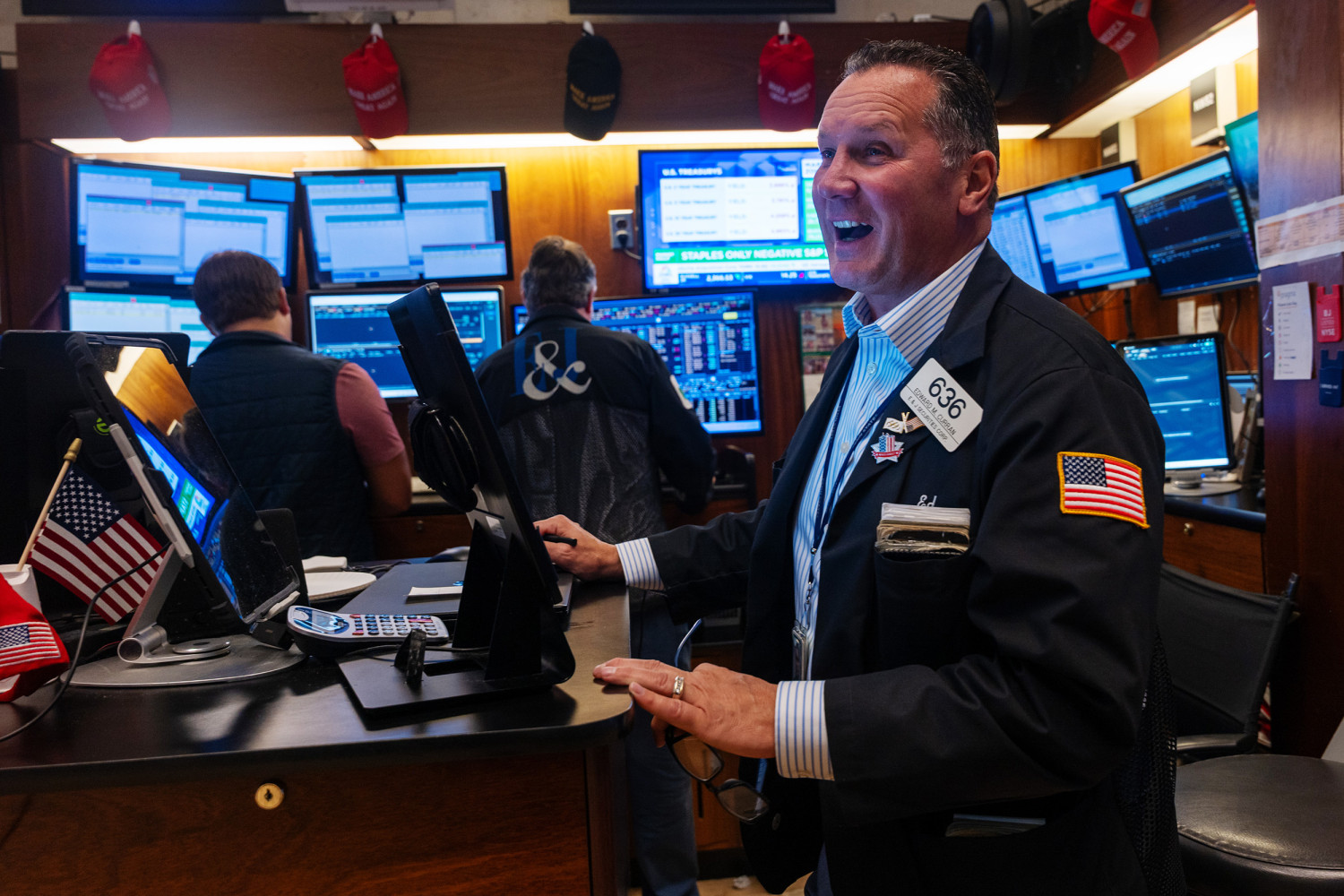The global trade landscape has entered another turbulent phase as Beijing strongly criticized Washington’s recent decision to impose steep tariffs on goods originating from India. The move, which applies a 50 percent tariff rate on a range of Indian exports to the United States, has sparked widespread debate over protectionism, economic strategy, and the future of international trade relations.
China’s disapproval of the policy emerged quickly, presenting the choice as an illustration of what it calls “coercive strategies” in the worldwide economic framework. Chinese authorities assert that such actions compromise the ideals of fair competition and put the international market’s stability at risk. By focusing on a key trading partner like India, Beijing contends, the United States hazards initiating a domino effect that might exacerbate pressure on supply chains and harm developing economies that are already dealing with inflation challenges.
The imposition of tariffs on Indian goods is part of a broader U.S. effort to recalibrate trade relations in a world increasingly shaped by geopolitical rivalry and economic nationalism. American officials maintain that the decision aims to address concerns over trade imbalances, market access, and domestic industry protection. However, critics see it as another sign of a protectionist turn that could have far-reaching consequences for global commerce.
For India, this situation poses a multifaceted obstacle. As a rapidly expanding economy, the nation is striving to establish itself as a dependable manufacturing center and a favored option compared to China for international supply networks. The implementation of increased duties on its products entering the U.S. market creates complications for this approach, possibly diminishing competitiveness in significant fields such as textiles, pharmaceuticals, and information technology services.
Economists caution that these levies may hinder the expansion of exports during a period when India aims to draw in international investment and enhance its presence in global trade. Although the Indian authorities have not yet provided an official reaction, experts imply that countermeasures or increased discussions might ensue. The possibility of the situation evolving into a comprehensive trade conflict remains, particularly if mutual agreement is not reached.
China’s vocal opposition to the U.S. move reflects more than solidarity with India; it underscores Beijing’s broader critique of Washington’s trade policies in recent years. Chinese authorities argue that unilateral tariffs distort the rules-based global trading system overseen by organizations such as the World Trade Organization (WTO). By bypassing multilateral frameworks in favor of direct economic pressure, Beijing claims, the United States undermines trust among trading partners and erodes the spirit of cooperation that has underpinned decades of globalization.
Furthermore, Chinese analysts point out that measures like these have ripple effects beyond the targeted countries. When tariffs rise, production costs increase, and global supply chains—already fragile due to pandemic disruptions and geopolitical tensions—become even more volatile. For developing economies, which rely heavily on export-driven growth, the consequences can be severe.
From the viewpoint of Washington, the increase in tariffs is intended to protect American companies from what is perceived as unfair competition. Authorities in the U.S. assert that products from India have gained advantages due to market situations that place American producers at a disadvantage, such as reduced labor expenses and some government-supported incentives. They claim that higher tariffs help level the playing field, enabling local industries to prosper.
Este razonamiento está en línea con una tendencia más amplia en la política económica de EE.UU., donde los aranceles y las restricciones comerciales se utilizan cada vez más como instrumentos para perseguir objetivos tanto económicos como estratégicos. En los últimos años, se han implementado medidas similares sobre productos chinos, reflejando preocupaciones sobre la propiedad intelectual, la seguridad nacional y los déficits comerciales. Extender este enfoque a India sugiere que Washington está dispuesto a ejercer presión constante sobre todos los socios comerciales importantes para lograr sus propósitos.
The disputes over these tariffs bring back old discussions regarding the stability of the global trade system. Entities such as the WTO were created to handle these conflicts and guarantee that trade regulations are uniformly enforced among countries. Nonetheless, when significant economies choose to act alone, the trust in these organizations is challenged.
Experts caution that if major economies persist in applying tariffs beyond agreed protocols, smaller countries might emulate this behavior, resulting in the breakdown of international trade. This situation would raise expenses for both businesses and consumers and obstruct initiatives aimed at recovering economically after the recent worldwide crises.
Para India, la situación es especialmente delicada. Por un lado, el país aprecia su relación económica en crecimiento con Estados Unidos, que se ha convertido en un socio clave en comercio, tecnología y defensa. Por otro, Nueva Delhi tiene cuidado de no parecer demasiado dependiente de un solo socio, especialmente mientras busca mantener su autonomía en una era de intensificación de rivalidades geopolíticas.
India’s policymakers now face difficult choices. Should they engage in reciprocal tariffs, risking further escalation, or seek a negotiated settlement to preserve access to the lucrative U.S. market? The answer may depend on how both countries frame their long-term economic priorities and whether diplomatic dialogue can prevent a trade conflict from spiraling out of control.
This disagreement should not be considered in a vacuum. It arises amidst a transforming global landscape where economic strength is becoming more closely linked to strategic power. Washington’s trade strategy showcases its larger endeavor to bolster national resilience and curb the economic sway of emerging powers. At the same time, Beijing’s reaction emphasizes its goal to establish itself as a protector of multilateral cooperation and a supporter of the interests of developing countries.
For India, the path forward may involve deepening trade ties with other partners, accelerating free trade agreements, and boosting domestic competitiveness to offset the impact of tariffs. At the same time, maintaining a delicate balance between the U.S. and China will remain a central challenge in its foreign policy calculus.
Beyond diplomatic statements and policy debates, these tariffs will have tangible consequences for businesses and consumers. Indian exporters, particularly small and medium enterprises, face the immediate challenge of absorbing higher costs or passing them on to buyers—options that could erode market share. American importers, meanwhile, may encounter supply disruptions and rising prices, ultimately affecting consumers.
Global companies that rely on Indian supply chains could also experience higher operational costs, prompting them to reevaluate sourcing strategies. These adjustments, while gradual, could reshape trade flows in ways that influence everything from retail pricing to job creation in multiple countries.
The coming months will reveal whether this dispute escalates or gives way to negotiation. Much will depend on the willingness of both Washington and New Delhi to engage constructively and on the ability of international institutions to mediate effectively. Beijing’s involvement adds another layer of complexity, as China seeks to leverage its criticism of U.S. policy to reinforce its narrative of defending global fairness.
As everyone observes closely, it is evident that the time of stable trade relationships has ended. Duties, retaliatory actions, and strategic partnerships have now become essential components in the economic strategies of leading nations. Both companies and decision-makers must focus on flexibility to successfully operate in a scenario where economic choices are deeply linked to geopolitical factors.




